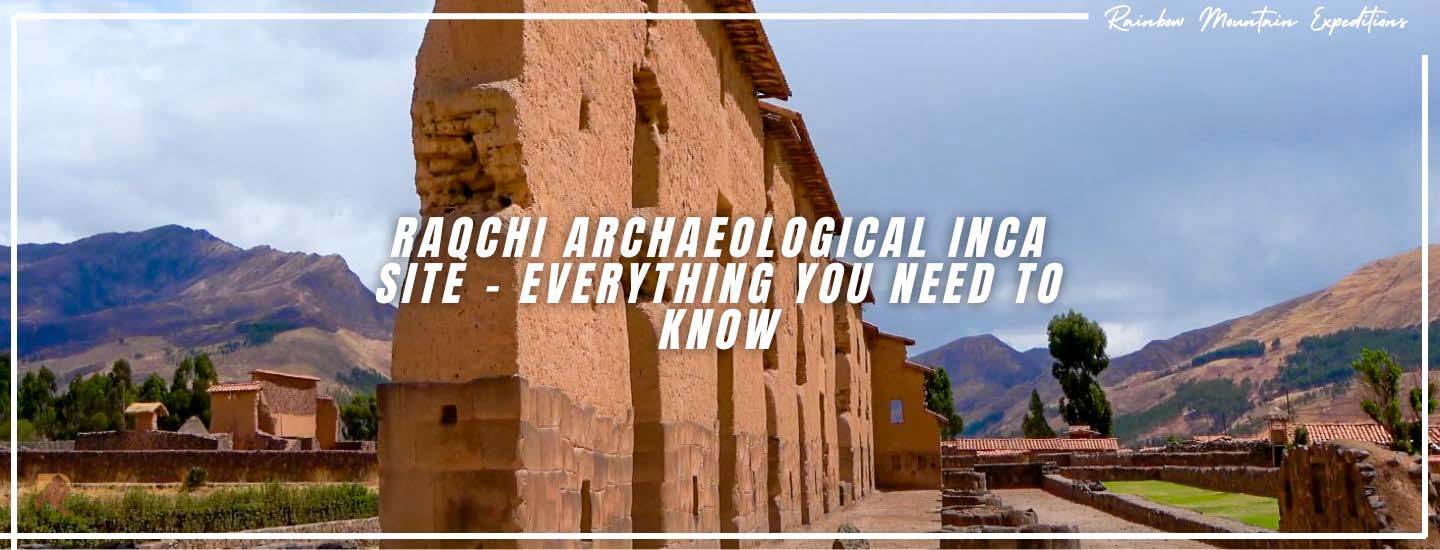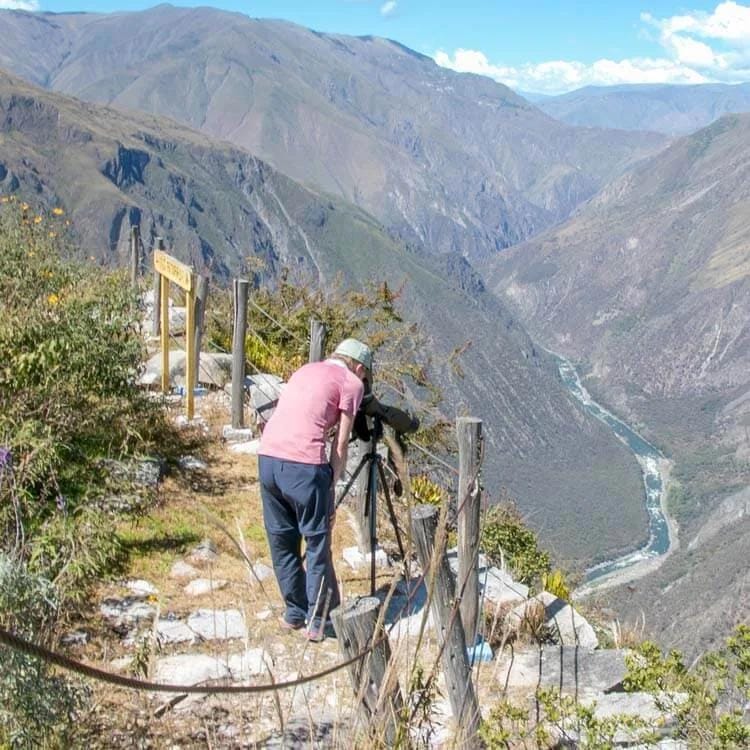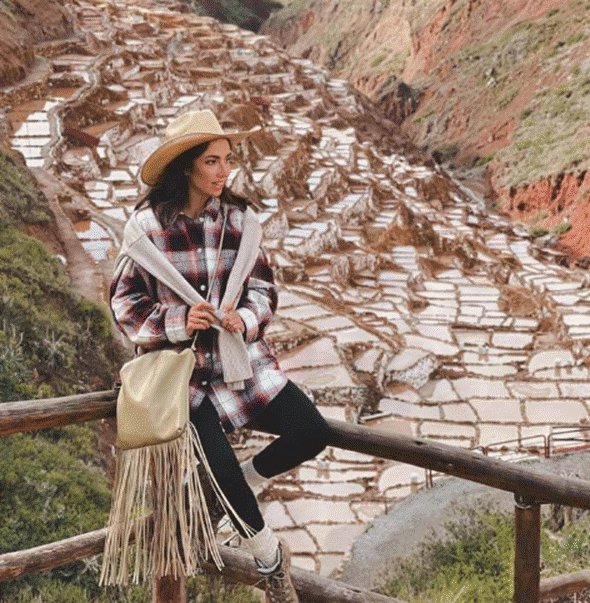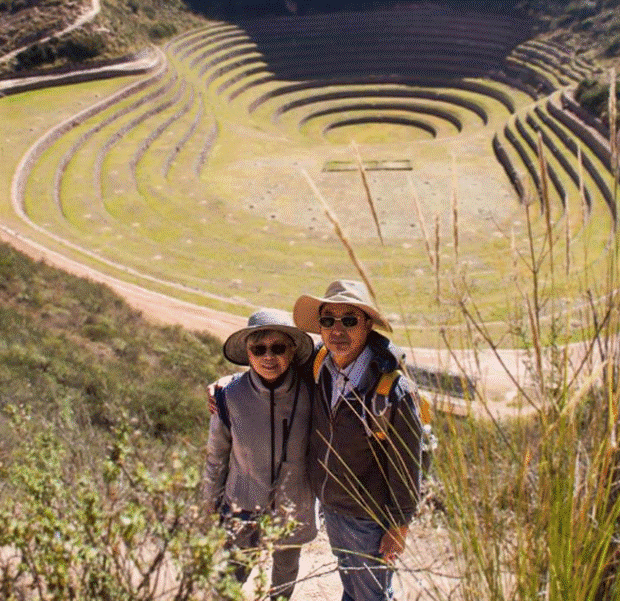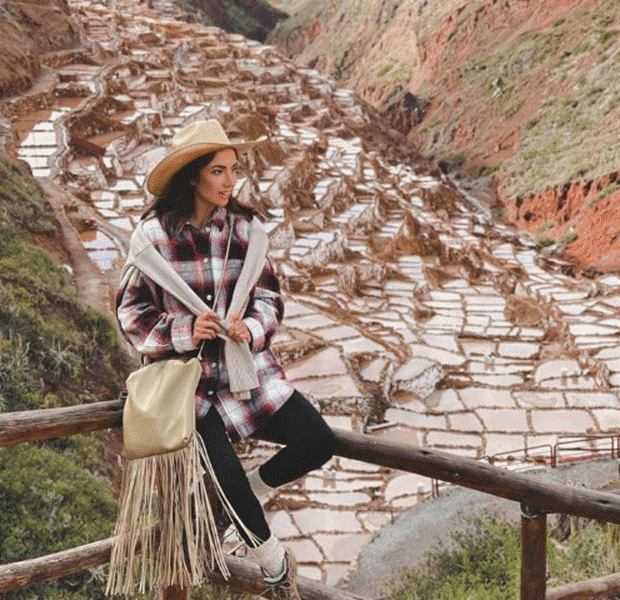Lesser-Known Facts About Raqchi Incan Site
If you’re planning to travel to Peru this year with friends or family and want to explore lesser-known and less crowded archaeological sites, then the Raqchi Inca Site is an excellent option. Among the many historical places in Cusco, Raqchi stands out as a significant religious and administrative complex of the Inca civilization.
More than just a stop along the route to the South Valley, Raqchi holds remnants that reveal the architectural, agricultural, and spiritual advancements of the Incas.
1. What is Raqchi?
Raqchi is an Incan archaeological site located in the Cusco region of Peru, at an altitude of approximately 3,550 meters (11,647 feet) above sea level, in the province of Canchis. It was an important religious, administrative, and military center during the Inca Empire and is closely linked to the worship of Wiracocha, the creator god.
Additionally, Raqchi is home to many surrounding Incan structures, including:
The Great Temple of Wiracocha
The most iconic landmark of the Raqchi Inca Site is the Temple of Wiracocha, an impressive construction dedicated to the deity believed to have created the world according to Incan cosmology. This temple, measuring approximately 92 meters (302 feet) in length and 25.5 meters (83 feet) in width, was one of the largest structures in the Incan Empire.
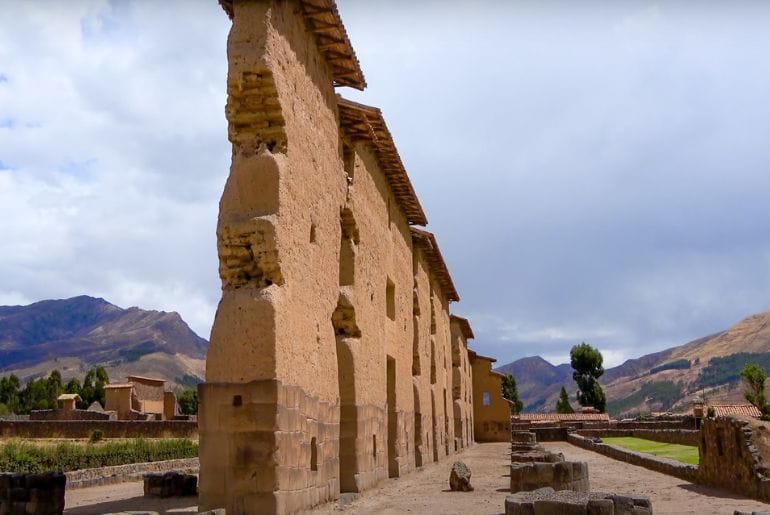
The temple’s design showcases the Incas’ advanced engineering skills. The foundation consists of precisely carved stone, while the upper sections were built using adobe, a material rarely used in religious Incan structures. This structural combination demonstrates how the Incas adapted their construction techniques based on available resources and environmental conditions. It is believed that the temple served not only religious purposes but also played an administrative and strategic role within the Tawantinsuyu, the vast Incan Empire.
The Residential Complex
Raqchi was not just a religious and administrative center but also a settlement where priests, administrators, and those responsible for maintaining the temple and qolqas (storage buildings) lived. The remains of houses built from stone and adobe can still be seen, arranged in a pattern that reflects the urban planning of the Incas.
A Celebration Center Similar to Inti Raymi
Inti Raymi, the Festival of the Sun, was one of the most significant celebrations of the Incan era and was held in several ceremonial centers throughout the empire, including Raqchi. During this event, Incan priests paid tribute to Inti, the Sun God, through rituals, dances, music, and various offerings.
Food Storage: The Qolqas or Incan Warehouses
Raqchi was also a major storage center. The site contains more than 150 Qolqas (circular storage structures) that the Incas used to store food such as corn, potatoes, and quinoa. This suggests that Raqchi played a crucial role in the resource administration of the empire.
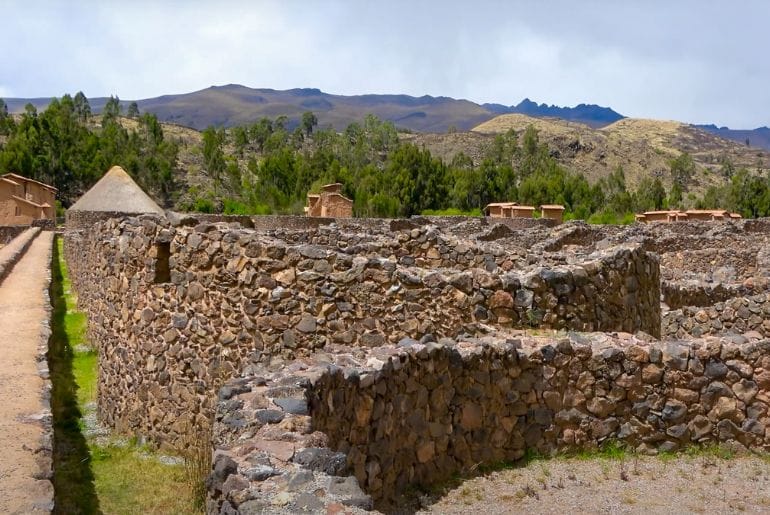
One of the Incas’ most remarkable achievements was their ability to master agriculture in mountainous terrains. At Raqchi, agricultural terraces can be seen, which allowed for efficient food cultivation even under extreme conditions.
The Plazas: Centers for Interaction and Rituals
Raqchi features several large plazas that were used in Incan times for gatherings, religious events, and administrative activities. These spaces are believed to have served as meeting points for both locals and visitors who arrived on pilgrimage to the temple after traveling along the Incan royal road (Qhapaq Ñan).
The Water Fountain: An Example of Incan Hydraulic Engineering
Another impressive feature of Raqchi is its ancient water fountain, designed with an advanced system of stone channels. The Incas were masters of hydraulic engineering, and this fountain not only provided water to the population but also held religious significance. It is believed that water, considered sacred, was used in purification rituals and offerings to the gods.
2. Spanish Influence and the Transformation of the Site
With the arrival of the Spanish in the 16th century, many Incan temples and structures were either destroyed or modified. Raqchi was no exception. The central wall of the Temple of Wiracocha, known as the “Wiracocha Wall,” was partially destroyed as part of an attempt to impose colonial rule and a new religion.
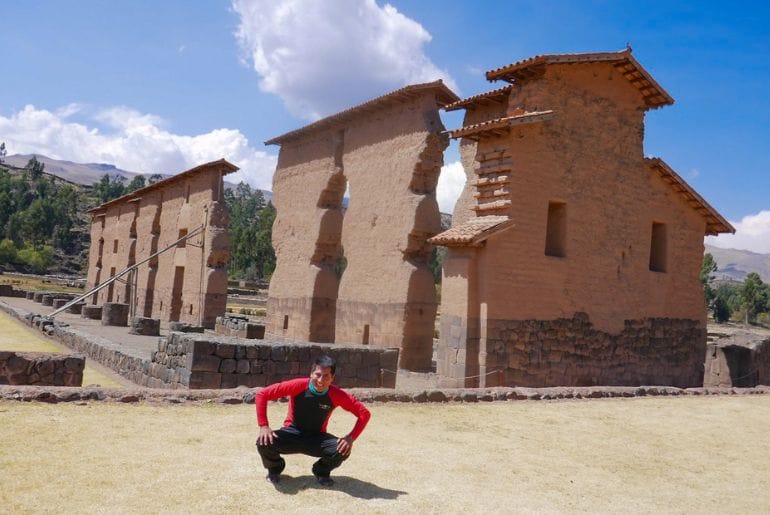
However, despite the efforts to eradicate Incan culture, Raqchi remains a symbol of resistance and heritage. Today, visitors can observe the fusion of Incan architecture with colonial modifications, providing insight into the region’s history and the evolution of its traditions.
3. When Is the Raqchi Festival Celebrated?
Every third Sunday of June, the small town of Raqchi, located in the province of Canchis, Cusco, comes to life with the International Folklore Festival of Raqchi. This celebration, held since 1968, brings together local communities and foreign visitors for a day full of dances, music, and ancestral traditions.
4. Recommended Activities During the Raqchi Festival
Here are the best activities to enjoy during the festival:
Traditional Dances and Music: The Soul of the Festival
One of the most anticipated moments of the festival is the traditional dance competition, where groups from different communities in the region, along with international guests, compete wearing colorful traditional outfits and performing choreographies that represent Andean history and worldview. In addition, live music, played by local bands, accompanies the event, creating a festive atmosphere that immerses all attendees.
A Theatrical Performance Filled with History
Before the festival officially begins, a theatrical reenactment takes place, bringing to life key historical moments of the Incan era. The performance highlights the role of the Temple of Wiracocha, one of the most imposing structures of the Raqchi archaeological site.
The festival is also a great opportunity to enjoy Andean cuisine. Many families bring traditional meals and drinks such as chicha, sharing food in a communal setting while watching the performances. Additionally, visitors can taste traditional dishes prepared by locals from the area.
The Community and its Crafts
In the surroundings of Raqchi, local residents offer ceramic crafts, textiles and souvenirs made with ancestral techniques. It is an excellent opportunity to learn more about the living culture of the descendants of the Incas and take home a souvenir of your visit.
5. Entry Fees and Recommendations
There is usually an entrance fee to the Raqchi archaeological site, though prices may vary during the festival. It’s best to check with a travel agency specializing in the route for the most up-to-date information.
6. The Traffic Issue During the Raqchi Festival
If you’re planning to visit Raqchi, there’s an important detail you should consider: the lack of adequate parking. Unlike other tourist sites in Peru, this archaeological complex does not have the necessary infrastructure to accommodate a large number of vehicles, which can cause congestion at the entrances and complications for visitors arriving by car or tour bus.
Why Is There Traffic in Raqchi?
The traffic issue in Raqchi is due to several factors:
- Narrow streets with limited parking spaces – The area around the archaeological site was not designed to accommodate large numbers of vehicles.
- High visitor influx during festivities – During events like the Raqchi Festival in June, the number of visitors increases significantly, leading to traffic jams.
- Lack of organization in tourist transportation – Many buses and private cars arrive at the same time, overcrowding the entrance.
Tips for a Smooth Visit
If you don’t want to waste time searching for parking, here are some helpful tips:
- Arrive early – If you plan to visit Raqchi during peak season or on special dates, it’s best to arrive before 9:00 AM to avoid congestion.
- Choose public transportation – Colectivos and buses from Cusco or Sicuani are a great option to avoid parking issues.
- Book with a tour agency – Some agencies offer transportation with planned stops, making your experience more convenient without worrying about parking.
- Visit Raqchi during off-peak months – You can enjoy Raqchi on other days or months when there are no major festivities.
- Park in nearby areas – If you’re driving, consider parking before reaching the site and walking a short distance. This will save you time and frustration.
- Be patient during special events – Traffic is inevitable during festivals. If you visit on these days, plan ahead and enjoy the festive atmosphere without rushing.

